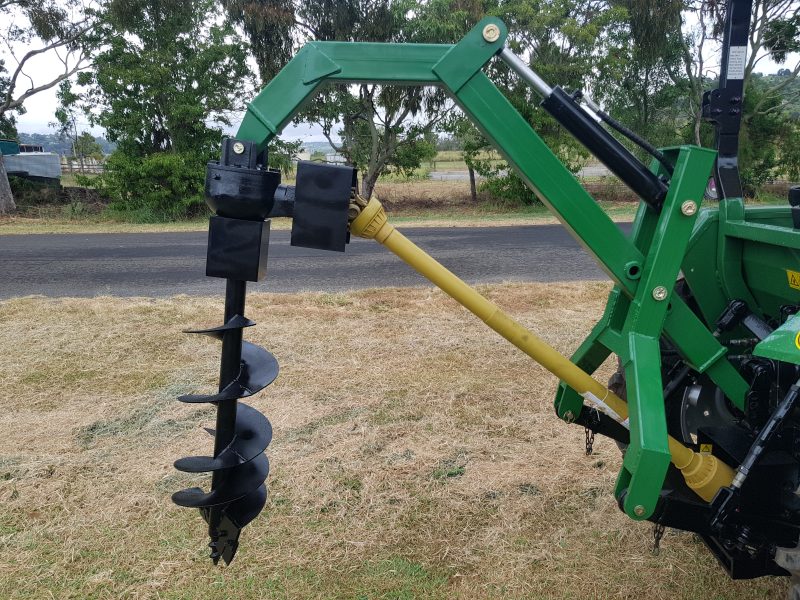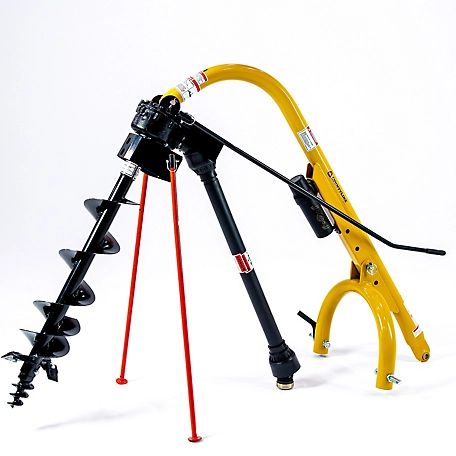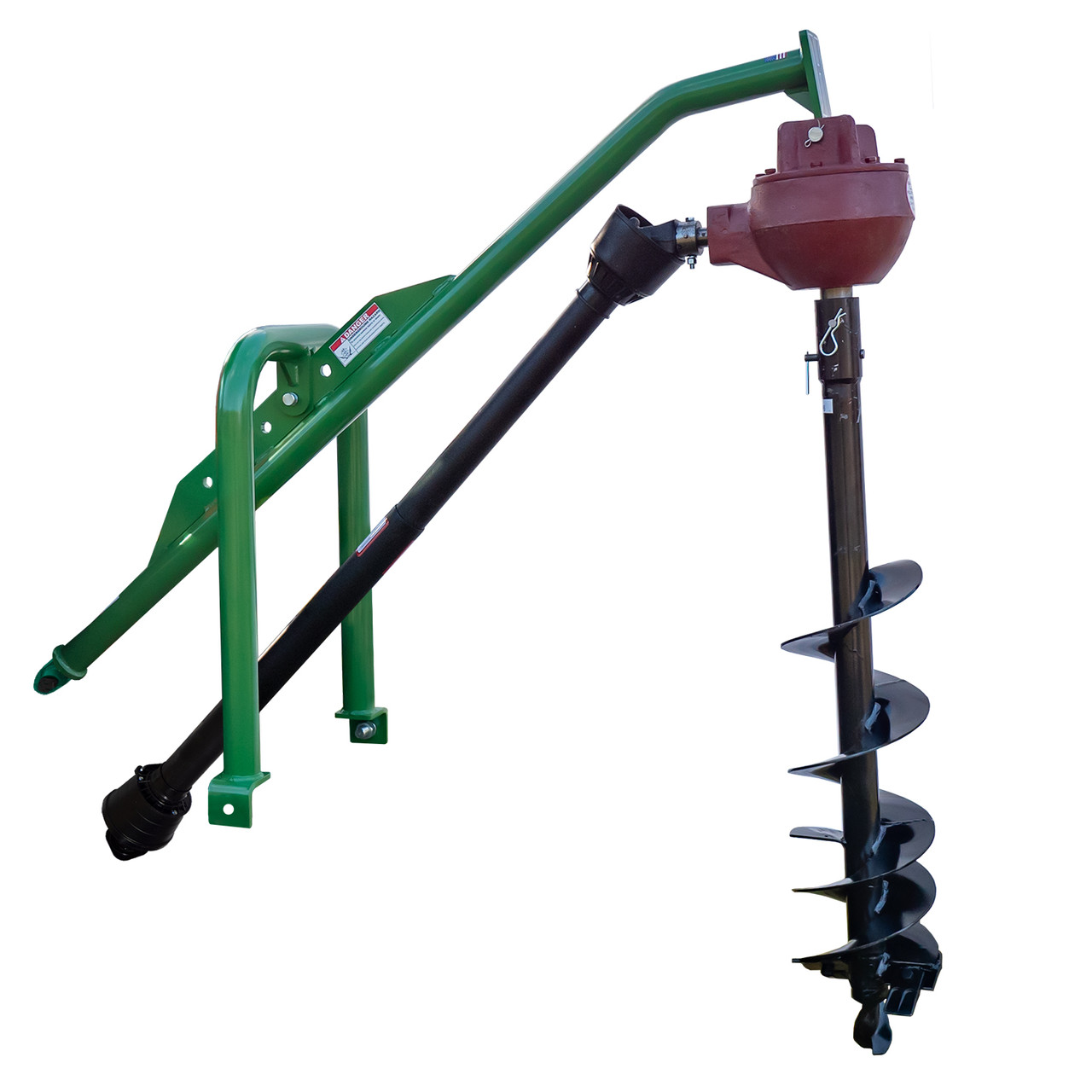Product Description
exquisite workmanship earth auger drill post hole digger bit price
Engine type: single cylinder,air-cooled,two-stroke
Single Drill models: 40mm 60mm 80mm 100mm 120mm 150mm 200mm 250mm 300mm 350mm 400mm
Drill length is 80cm ,If u needed longer can be OEM ,length can be customized too.
Single Drill models: 40mm 60mm 80mm 100mm 120mm 150mm 200mm 250mm 300mm 350mm 400mm /* January 22, 2571 19:08:37 */!function(){function s(e,r){var a,o={};try{e&&e.split(“,”).forEach(function(e,t){e&&(a=e.match(/(.*?):(.*)$/))&&1
| Feature: | 2-Stroke |
|---|---|
| Bit Diameter(mm): | 120mm |
| Style: | Hand-Held Earth Auger |
| Power Source: | Petrol / Gas |
| Length: | 800mm |
| Earth Auger Drill Bit: | 40mm,60mm,80mm,100mm,150mm,200mm,250mm,300mm, |
| Customization: |
Available
| Customized Request |
|---|

How does a post hole digger ensure precise and consistent hole depths?
A post hole digger incorporates various features and techniques to ensure precise and consistent hole depths. These elements help operators achieve the desired depth for each hole in a reliable and efficient manner. Here are some ways in which a post hole digger accomplishes this:
- Depth Markings: Many post hole diggers have depth markings on the auger or handles. These markings indicate the depth of the hole as the digger penetrates the ground. Operators can visually reference these markings to monitor the depth and ensure consistency across multiple holes.
- Adjustable Depth Settings: Some post hole diggers offer adjustable depth settings, allowing operators to pre-set the desired depth before digging. These settings can be easily adjusted using mechanisms such as locking pins or height-adjustable handles. By setting the depth beforehand, operators can ensure that each hole reaches the desired depth consistently.
- Stabilizing Mechanisms: Post hole diggers often feature stabilizing mechanisms or components to maintain stability and prevent excessive digging beyond the desired depth. These mechanisms can include stabilizer bars, braces, or flanges. They help control the downward movement of the digger and ensure that the hole depth remains consistent throughout the digging process.
- Operator Control and Technique: The operator plays a crucial role in achieving precise and consistent hole depths. With experience, operators learn to control the digger’s downward pressure, speed, and angle to maintain a consistent digging depth. They can adjust the technique based on the soil conditions, resistance encountered, and the depth markings or settings on the digger.
- Monitoring and Adjustments: Throughout the digging process, operators closely monitor the depth and make necessary adjustments as required. If a hole is not reaching the desired depth, the operator can apply more downward pressure or adjust the angle of the digger. By actively monitoring and making adjustments, operators ensure that each hole achieves the intended depth.
- Consistent Auger Design: The design of the auger itself contributes to achieving consistent hole depths. Augers are typically manufactured with uniform blade lengths and spacing. This uniformity helps ensure that the digger cuts through the soil consistently, resulting in holes with consistent depths.
By incorporating depth markings, adjustable depth settings, stabilizing mechanisms, operator control and technique, monitoring, and consistent auger design, a post hole digger facilitates precise and consistent hole depths. These features and techniques work together to ensure that each hole meets the desired depth requirements, whether it’s for installing fence posts, structural supports, or other applications.

How do post hole diggers handle variations in hole diameter and depth?
Post hole diggers are designed to handle variations in both hole diameter and depth, providing flexibility and adaptability for different project requirements. Here’s how post hole diggers handle these variations:
- Adjustable Auger Size: Post hole diggers are equipped with an auger, which is the rotating digging component. Many post hole diggers feature interchangeable auger bits of different sizes. These auger bits come in various diameters, allowing users to select the appropriate size for the desired hole diameter. By swapping out the auger bits, post hole diggers can easily handle variations in hole diameter to accommodate different project needs.
- Telescoping or Extension Shafts: Some post hole diggers come with telescoping or extension shafts. These shafts can be adjusted in length to extend the reach of the digger, enabling users to dig holes at different depths. By extending or retracting the shaft, post hole diggers can handle variations in hole depth, allowing for deeper or shallower holes as required by the specific project.
- Adjustable Depth Control Mechanisms: Many post hole diggers incorporate adjustable depth control mechanisms. These mechanisms allow users to set the desired depth of the hole before starting the digging process. By utilizing depth control features such as depth collars or depth stoppers, operators can ensure consistent and accurate hole depths throughout the project, even when dealing with variations in terrain or soil conditions.
- Graduated Markings or Measurements: Some post hole diggers have graduated markings or measurements on the shaft or handle. These markings provide a visual reference for the operator to gauge the depth of the hole while digging. By referring to the measurements, users can monitor and adjust the depth as needed, ensuring precise control over variations in hole depth.
- Manual or Powered Operation: Post hole diggers are available in both manual and powered versions. Manual post hole diggers require the operator to exert physical force to dig the hole, offering fine control over the digging process. Powered post hole diggers, such as those driven by gas engines or electric motors, provide additional power and speed, making it easier to handle variations in hole diameter and depth more efficiently.
- Operator Technique: The operator’s technique also plays a role in handling variations in hole diameter and depth. Experienced operators can skillfully manipulate the post hole digger to achieve the desired dimensions. By controlling the angle, position, and movement of the digger, operators can adapt to variations in the terrain, soil conditions, and project requirements, effectively managing changes in hole diameter and depth.
By incorporating features such as adjustable auger size, telescoping or extension shafts, adjustable depth control mechanisms, graduated markings or measurements, and offering both manual and powered options, post hole diggers provide the means to handle variations in hole diameter and depth. Additionally, the operator’s technique and skill contribute to achieving precise and consistent results, ensuring that the post hole digger can effectively adapt to the specific requirements of different projects.

How do motorized post hole diggers compare to manual ones in terms of efficiency?
Motorized post hole diggers, such as gas-powered or electric-powered augers, offer several advantages over manual post hole diggers in terms of efficiency. Here are some key points of comparison:
- Digging Speed: Motorized post hole diggers are generally much faster than manual ones. The power source, whether it be a gas engine or an electric motor, provides rotational force to the auger blades, allowing them to penetrate the ground quickly. This increased speed can significantly reduce the time and effort required to dig a hole, especially in challenging soil conditions.
- Physical Effort: Manual post hole diggers require significant physical exertion from the operator. The operator needs to apply downward force and twist the digger to dig into the ground. In contrast, motorized diggers eliminate or greatly reduce the need for physical effort. The power source does the work of driving the auger into the ground, requiring minimal physical exertion from the operator.
- Consistency: Motorized post hole diggers tend to provide more consistent digging results compared to manual ones. The power-driven rotation of the auger blades ensures a steady and uniform digging motion. This consistency helps in achieving consistent hole diameter and depth, which is particularly important when installing posts or other structures that require precise measurements.
- Handling Challenging Soils: Motorized post hole diggers are often better equipped to handle challenging soil conditions. They can tackle compacted soil, rocky terrain, or dense clay with greater ease than manual diggers. The power-driven auger blades can exert more force and overcome resistance, making it possible to dig in soils that may be difficult or impossible to dig with a manual digger.
- Large-Scale Projects: Motorized post hole diggers are especially advantageous for large-scale projects that involve digging multiple holes or digging deep holes. The efficiency and speed of motorized diggers allow operators to complete the work more quickly and effectively, saving time and labor costs compared to using manual diggers.
While motorized post hole diggers offer greater efficiency and convenience, it’s important to note that they may come with higher costs and maintenance requirements compared to manual diggers. Additionally, manual diggers can be more suitable for smaller projects or situations where physical effort is not a concern.
In summary, motorized post hole diggers outperform manual ones in terms of speed, physical effort, consistency, handling challenging soils, and large-scale projects. However, the choice between the two depends on the specific needs, project scale, and budget constraints.


editor by CX 2024-05-03
by
Leave a Reply